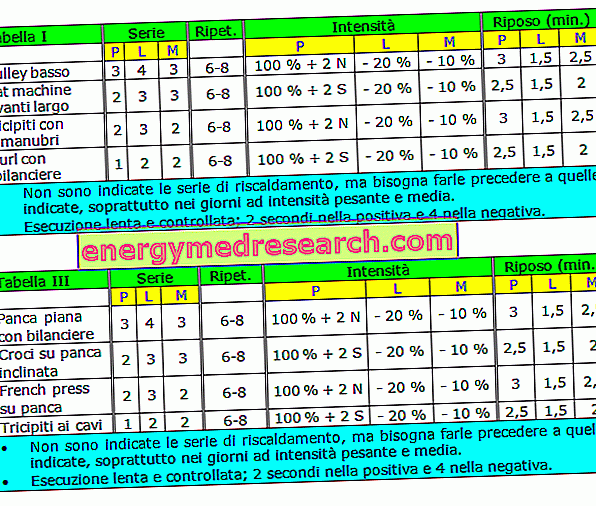Curated by Luigi Ferritto (1), Walter Ferritto (2), Giuseppe Fiorentino (3) |
Obstructive Sleep Apnea Syndrome (OSAS) is a respiratory sleep disorder characterized by repeated episodes of partial or complete obstruction of the upper airways that occur during the inspiratory phase. This obstruction manifests itself as a reduction (hypopnea) or complete cessation (apnea) of the flow of air, with persistence of thoraco-diaphragmatic respiratory movements. The lack of adequate alveolar ventilation usually results in a reduction in the oxygen saturation of arterial blood (SaO2) and, in the case of prolonged efforts, in a gradual increase in arterial pressure and carbon dioxide (PaCO2). These respiratory events often end in an arousal. The result is poor quality sleep and little restorative, with both nighttime symptoms (intense snoring, need to urinate, etc.) and daytime (excessive sleepiness, irritability, decreased attention and neuro-behavioral disorders, etc.). It is estimated that over 1, 600, 000 people are affected in Italy. Among the clinical and symptomatic consequences of OSAS there is one that may constitute a public health problem: sleepiness. In addition to the obvious repercussions on daily activities such as poor performance and reduced productivity on the job, it entails an increase in the risk of road accidents due to capacity reduction


Obstructive Apnea Diagnosis »



